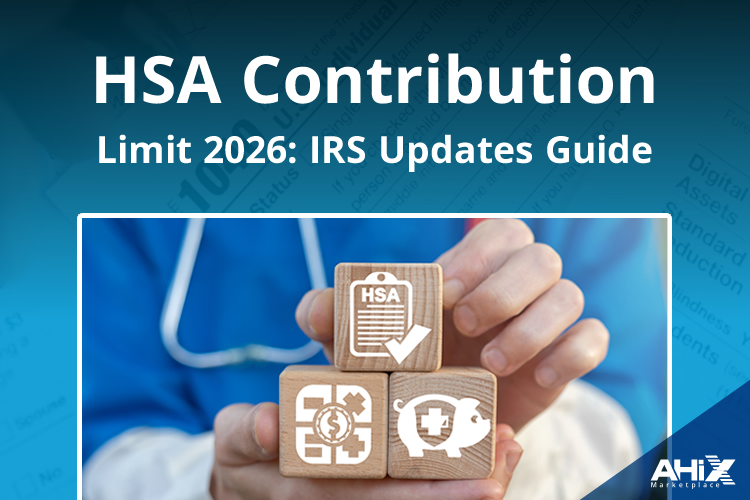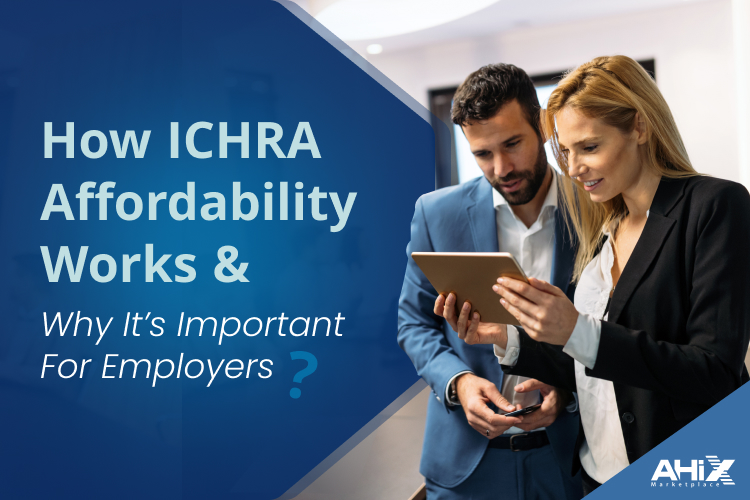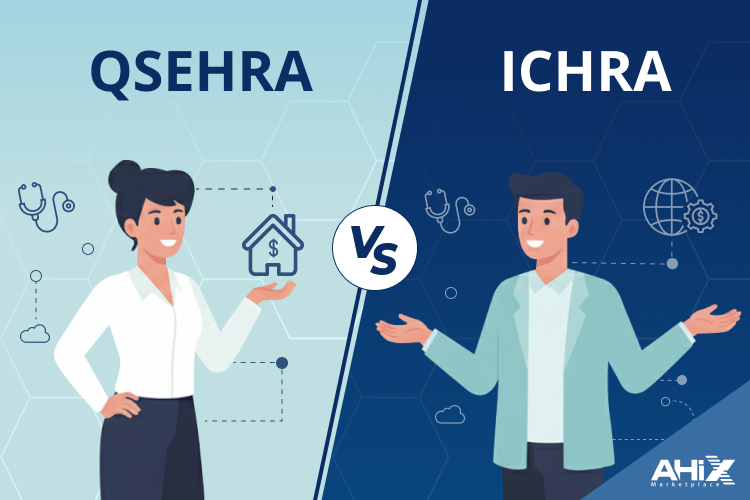Navigating health insurance options can feel overwhelming, especially with frequent regulatory updates and rising healthcare costs. For individuals and families who want to balance affordability and savings, a Health Savings Account (HSA) offers a valuable solution, especially when paired with a High Deductible Health Plan (HDHP).
In 2026, the IRS announced updated rules and thresholds that directly affect how much you can contribute to your HSA. These new HSA contribution limits for 2026 reflect inflation and changing healthcare costs and understanding them is crucial for anyone looking to save on taxes while managing out-of-pocket expenses effectively.
In this article, we’ll break down the new IRS HSA limits, the 2026 HDHP requirements, how these updates relate to ACA out-of-pocket limits, and the top benefits of using an HSA. Whether you’re an individual, a family, or an employer reviewing plan options, this guide will help you make informed decisions for the year.
Understanding Health Savings Accounts (HSAs)
A Health Savings Account (HSA) is a tax-advantaged account that helps individuals and families set aside money specifically for healthcare expenses. It’s not just a savings tool—it’s a long-term strategy that offers financial flexibility, tax efficiency, and control over how healthcare dollars are spent.
Unlike traditional health plans, an HSA allows you to use pre-tax income to pay for qualified medical expenses such as doctor visits, prescriptions, dental care, and vision services. This means that every dollar contributed to your HSA lowers your taxable income, allowing you to save money while preparing for both expected and unexpected health needs.
One of the key benefits of an HSA is that the funds roll over year to year—it is not a“use it or lose it” policy. This makes it a smart option for those looking to build a cushion for future medical expenses or even prepare for healthcare costs during retirement. Additionally, HSA funds can be invested in mutual funds or other financial instruments, potentially growing your balance tax-free over time.
However, not everyone can open or contribute to an HSA. To qualify, you must be enrolled in a High Deductible Health Plan (HDHP) that meets specific IRS requirements. Understanding this eligibility is crucial before exploring how much you can contribute under the 2026 HSA contribution limits, which we’ll break down in the next section.
What Are the 2026 HSA Contribution Limits?
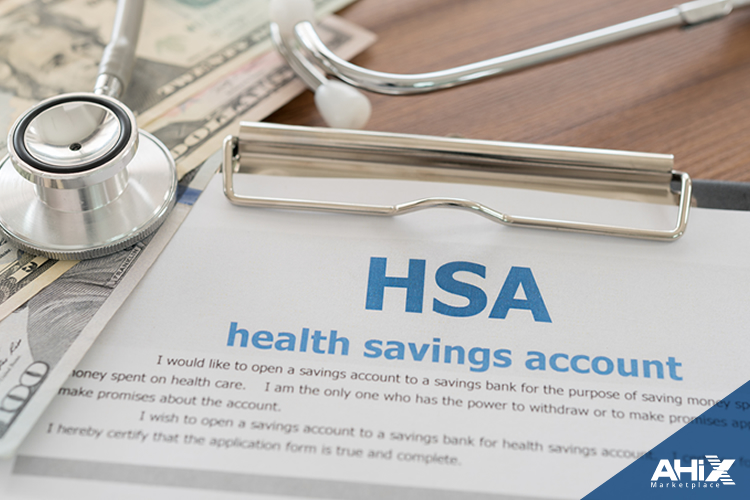
The IRS HSA contribution limits for 2026 have been adjusted to account for inflation, offering individuals and families more flexibility when it comes to healthcare savings. These limits define the maximum amount you can deposit into your Health Savings Account over the course of the year, whether through payroll deductions, direct deposits, or employer contributions.
For 2026, the annual HSA maximum contribution for those with self-only coverage is $4,400, up from $4,300 in 2025. If you’re enrolled in an HSA-qualified High Deductible Health Plan (HDHP) with family coverage, the limit increases to $8,750, compared to $8,550 the previous year.
If you’re 55 or older, you’re eligible for a catch-up contribution of $1,000, which remains unchanged from 2025. This extra contribution helps those nearing retirement grow their HSA balance more aggressively and plan ahead for future healthcare costs.
Here’s a quick year-over-year comparison:
| Coverage Type | 2025 Limit | 2026 Limit |
|---|---|---|
| Individual (Self-Only) | $4,300 | $4,400 |
| Family | $8,550 | $8,750 |
| Catch-up (Age 55+) | $1,000 | $1,000 |
It’s important to note that these limits apply to the total combined contributions from you, your employer, or anyone else contributing to your HSA. Staying within the limit is required to avoid IRS penalties.
Also, remember: you must have HSA eligibility for every month of the year to contribute the full annual limit. If you gain eligibility partway through the year, your contribution may need to be prorated—unless you qualify under the last-month rule, which allows full contribution if you’re HSA-eligible by December 1 and remain so through the next year.
HDHP Requirements in 2026: What Makes a Plan HSA-Eligible?
To contribute to a Health Savings Account (HSA) in 2026, you must be enrolled in a High Deductible Health Plan (HDHP) that meets strict IRS eligibility criteria. These standards ensure that only certain plan designs qualify for the HSA’s tax advantages.
For the 2026 calendar year, the HDHP minimum deductible is $1,700 for individual coverage and $3,400 for family coverage. These amounts have increased slightly from 2025 to reflect rising healthcare costs. Additionally, the HSA out-of-pocket limit—which includes deductibles, co-payments, and coinsurance—has been capped at $8,500 for individuals and $17,000 for families.
Beyond the overall limits, it’s important to understand the role of embedded deductibles, especially in family plans. An HDHP with embedded deductibles sets a per-person limit within the family coverage. For 2026, an embedded deductible cannot be lower than the family minimum of $3,400. If even one person in a family plan has a lower individual deductible, the plan may no longer qualify as an HSA-eligible health plan.
Another IRS rule to keep in mind: an HDHP must not provide any benefits (except preventive care) until the deductible is met. This ensures that the plan remains consistent with the purpose of HSAs—to encourage savings and responsible use of healthcare services.
Before opening or contributing to an HSA, always confirm that your plan satisfies all IRS HDHP requirements. Failing to do so could result in ineligibility and unexpected tax consequences.
Top 5 HSA Benefits for 2026
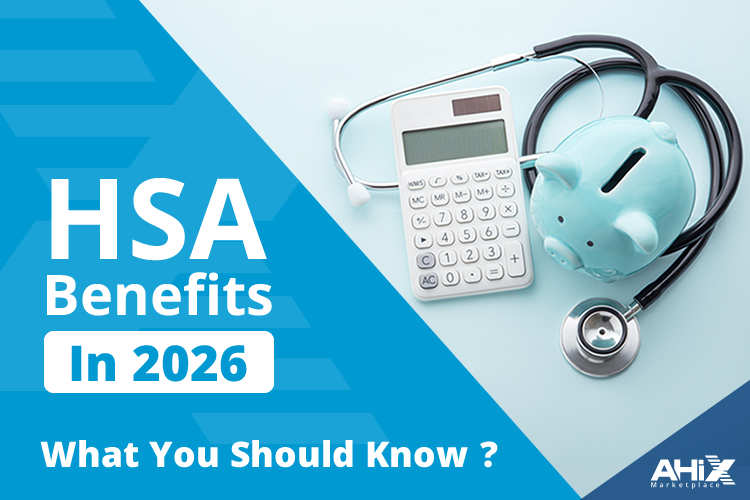
Pairing an HSA with a High Deductible Health Plan isn’t just a budget-friendly strategy—it’s a powerful long-term financial tool. As the 2026 HSA contribution limits increase, so do the potential benefits of contributing more. Here are the top five reasons why an HSA remains one of the most valuable health-related savings accounts:
1. Triple Tax Advantage
HSAs offer one of the few opportunities for triple tax savings:
- Contributions are tax-deductible
- Growth through interest or investment is tax-free
- Withdrawals for qualified medical expenses are also tax-free
This combination makes HSAs a unique financial asset that offers greater flexibility than traditional health insurance reimbursements or Flexible Spending Accounts (FSAs).
2. Lower Premiums with HDHPs
Most HSA-eligible health plans are High Deductible Health Plans (HDHPs), which typically have lower monthly premiums compared to traditional PPO or HMO plans. This means you keep more of your paycheck, while still maintaining coverage for major medical events.
3. Investment Growth Potential
Once your HSA balance reaches a certain threshold (often around $1,000 or $2,000), you can invest the funds in mutual funds, ETFs, or other vehicles. This allows your HSA to grow over time, similar to a retirement account with tax-free earnings.
4. Long-Term & Retirement Savings
An HSA can double as a supplemental retirement account. After age 65, you can use HSA funds for any purpose (not just medical) without penalty, though non-medical withdrawals will be taxed like regular income. For retirees, the HSA offers tax-deferred growth and no required minimum distributions.
5. Full Portability & Lifetime Ownership
Unlike FSAs or employer-specific benefits, an HSA belongs to you, not your employer. You keep the account even if you switch jobs, retire, or change insurance. This portability gives you full control and consistent access to funds throughout your life.
Is an HSA-Qualified HDHP Right for You in 2026?
Choosing a health plan isn’t just about premiums—it’s about finding the right balance between cost, coverage, and savings potential. With the 2026 HSA contribution limits increasing, many individuals and families are reconsidering whether a HSA-qualified health plan is the right fit for their needs.
If you’re generally healthy and don’t anticipate frequent medical visits, a High Deductible Health Plan (HDHP) paired with an HSA can be a cost-effective option. These plans typically offer lower monthly premiums, giving you the flexibility to redirect those savings into your HSA. Over time, your contributions can build up and provide a financial buffer for future medical needs.
However, an HDHP may not be ideal if you have ongoing medical conditions, require regular prescriptions, or expect high healthcare costs. In such cases, the high upfront deductible may offset the premium savings. You might be better off with a low-deductible plan, even if it doesn’t qualify for HSA contributions.
For families, the decision depends on overall healthcare usage. If each member has minimal annual medical needs, the best HDHP for HSA use can lead to significant tax advantages and long-term savings. However, if children or dependents require regular care, compare projected expenses carefully before committing.
Ultimately, to choose an HSA plan in 2026, consider these factors:
- Your annual healthcare usage
- Your ability to contribute regularly to an HSA
- Whether you plan to invest your HSA funds for future growth
- Your risk tolerance for out-of-pocket costs
Using the AHiX Marketplace, you can compare HSA-compatible and Non-HSA plans for individuals and families side by side to find the right match for your health and financial goals.
Key Points to Remember
As healthcare costs continue to rise, understanding and leveraging the new HSA contribution limits for 2026 is more important than ever. Whether you’re managing healthcare for yourself or your family, a well-chosen HSA-qualified health plan can offer both immediate tax relief and long-term financial security.
The IRS’s 2026 updates bring higher contribution caps, giving individuals and families a greater opportunity to save. But more than just numbers, this is about strategy: choosing the right HSA-eligible HDHP, contributing consistently, and using those funds wisely can help reduce your financial burden both now and in the future.
If you’re ready to compare options and find a plan that aligns with your healthcare usage and savings goals, explore your choices on the AHiX Marketplace. With the right plan, you can turn your HSA into one of the most powerful tools in your personal finance toolkit.
FAQs
1. Can I contribute to an HSA if I switch health plans mid-year in 2026?
Yes, but your total contribution may need to be prorated based on the number of months you were HSA-eligible. If you qualify under the “last-month rule,” you may still contribute the full annual limit, provided you remain eligible through the next calendar year.
2. Is my employer’s HSA contribution counted toward the 2026 IRS limit?
Yes. Any amount your employer contributes to your HSA is included in the annual IRS limit—$4,400 for individual coverage and $8,750 for family coverage in 2026.
3. What happens if I accidentally exceed the HSA contribution limit in 2026?
Excess contributions must be withdrawn before the tax filing deadline (typically April 15, 2027) to avoid a 6% excise tax. The withdrawn amount will be added to your taxable income.
4. Can I use my 2026 HSA contributions to pay for health insurance premiums?
Generally, no. HSA funds cannot be used to pay for health insurance premiums, except in specific cases such as COBRA coverage, long-term care insurance, or health coverage while receiving unemployment compensation.
5. Are over-the-counter medications and products HSA-eligible in 2026?
Yes. Thanks to the CARES Act (still in effect), HSA funds can be used for many over-the-counter (OTC) medications and menstrual care products without a prescription.
6. Can both spouses contribute to an HSA if they have separate HDHPs in 2026?
Yes, but the combined contribution must not exceed the family limit ($8,750). If both spouses are 55 or older and have separate HSAs, each can make their own $1,000 catch-up contribution.
7. Does a family HDHP with a $2,500 per-person deductible qualify for an HSA in 2026?
No. In 2026, the embedded deductible for each person in a family plan must be at least $3,400. If it’s lower, the plan is not considered HSA-eligible.
8. How can I confirm if my HDHP is HSA-qualified in 2026?
The plan documents should clearly state HSA eligibility. If unsure, check with your insurance provider or a licensed broker like AHiX.
9. Can I invest my HSA balance in 2026?
Yes. Once your balance reaches the provider’s investment threshold (usually $1,000–$2,000), you can invest HSA funds in mutual funds or ETFs. Earnings grow tax-free if used for qualified medical expenses.
10. Does contributing to an HSA affect my eligibility for premium tax credits on ACA plans?
No. HSA contributions do not disqualify you from receiving premium tax credits. However, to contribute to an HSA, your ACA plan must be a HSA-qualified HDHP, which typically offers lower premiums but higher deductibles.
11. Can I use 2026 HSA contributions for dental or vision expenses?
Yes. HSA funds can be used for qualified dental and vision expenses, including exams, procedures, and prescription eyewear—even if they’re not covered by your HDHP.
12. What documents should I keep for 2026 HSA withdrawals?
Keep all receipts for medical expenses paid with your HSA. Though you don’t submit them with your tax return, you’ll need them in case of an IRS audit to prove the withdrawals were for qualified expenses.
13. Can I keep my HSA if I switch to a non-HDHP plan later in 2026?
Yes. You can keep and use your HSA balance, but you cannot contribute further unless you return to an HSA-qualified HDHP. Funds remain tax-free if used for eligible expenses.
14. What is the penalty for using HSA funds for non-medical expenses in 2026?
If you’re under age 65, non-qualified withdrawals are subject to a 20% penalty and included as taxable income. After age 65, the penalty disappears, but taxes still apply to non-medical use.
15. When is the deadline to contribute to an HSA for the 2026 tax year?
You have until April 15, 2027, to make HSA contributions for the 2026 tax year. This includes regular and catch-up contributions.
